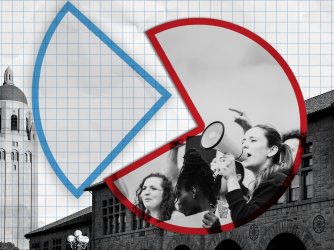Table of Contents
The February 2021 Jack Kirby award: defending the great John Byrne
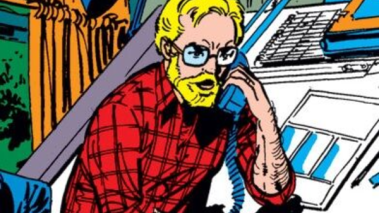
Note: I am doing the book award and the nerd treat award separately this month because they will be unusually long.
The recipient of the February Jack Kirby award is: Fantastic Four issues 232-295 — The John Byrne years (which I read on previous Jack Kirby award-winning service, Marvel Unlimited).
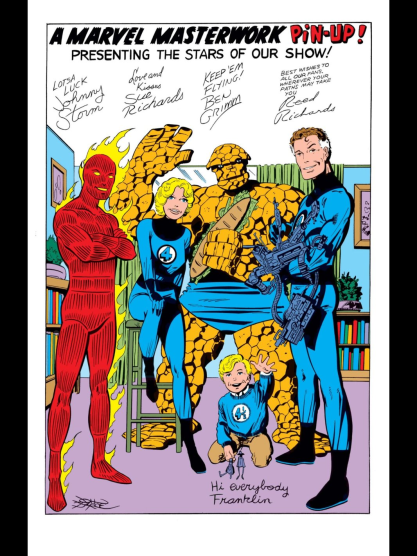
If you’re one of the (upwards of three!) people who read my monthly awards, you may have noticed that my “nerd treat” often goes to something that is actually quite popular. This is very much intentional — among Generation Xers like me, there can be a tendency to hate on anything that is popular simply because it’s popular. This makes sense, as so many of the bands (e.g. Public Enemy, the Cure, and Depeche Mode) that have come to define the ‘80s in people's imaginations were largely outside mainstream radio. “Popular = bad” was not a terrible heuristic back then, but it's grown into a tedious formula as the quality of everything from TV shows to pop music has, whether we former New Wavers can accept it or not, wildly improved.
So in that spirit, today I'm going to offer a defense of one of the most popular comic artists/writers of the ‘80s and early ‘90s. I have noticed that, in certain nerd circles, it’s become kind of cool to put John Byrne down, dismiss his relevance, or otherwise hate on him. His style came to define so much of both the Marvel ‘80s and the DC early-‘90s eras that moving on from him required rejecting some of what made John Byrne’s work, well... work. But, in that sense, he’s the heir of the award's namesake, Jack Kirby, who defined the ‘60s in terms of comic book art. So here's a quick list of things that were amazing about John Bryne’s run as writer and artist on the “Fantastic Four.”
It was a resurrection of a dying series into one of the best comic books, again, for the first time since the 1960s.
1. Byrne turned the Fantastic Four back into people. For the past few years I’ve taken it upon myself to read major Marvel series, one at a time, from the first issue to the latest. For most of last year and into this year, that series has been the “Fantastic Four.” The shift from the post-Jack Kirby writers to John Byrne is nothing less than astounding. It was a resurrection of a dying series into one of the best comic books, again, for the first time since the 1960s. Once John Byrne took over as both artist and writer for the “Fantastic Four” (he’d previously done a brief run as penciler), the most notable stylistic change was that suddenly Mr. Fantastic had the build of an aging scientist. Johnny Storm, the Human Torch, looked like someone in decent shape, but not a bodybuilder.
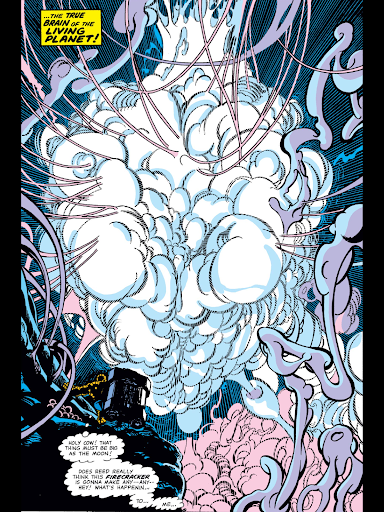
It was an attempt to remind the public what was so charming about the “Fantastic Four” when it started in the early 1960s. They were people — they were flawed, they were celebrities, and they were a family.
2. Byrne’s run was a tribute to the whole history of the “Fantastic Four”: One thing I love about John Byrne is that he does his homework. He scoured the old comic books to find things you might’ve forgotten about your favorite heroes, plot points that were dropped, and even the superpowers that people neglected to remember (did anyone else remember Super Skrull’s “hypno vision”?). Byrne made a point to figure out the coolest things about the Fantastic Four and included practically ALL of them — highlighting the quirkiness, expanse, and beauty of the Fantastic Four universe that Stan Lee and Jack Kirby had created.
Under Byrne’s hand, The Fantastic Four:
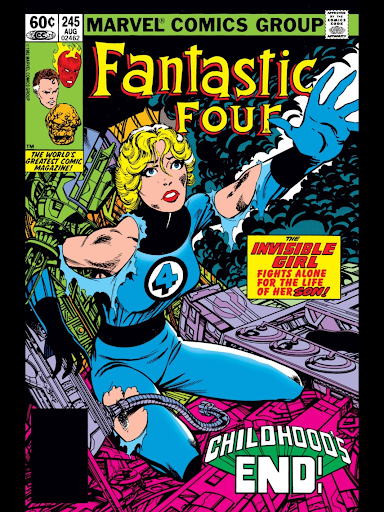
- Traveled to the brain of the living planet Ego (who non-readers may remember from the MCU movie “Guardians of the Galaxy Vol. 2”);
- Explored the negative zone (for science!) and battled Annihilus;
- Shrunk down to the Microverse to battle Psycho Man;
- Were manipulated by Doctor Doom to take back his Kingdom;
- Helped the Inhumans move to their new home on the moon;
- Traveled into alternate timelines;
- Encountered surprising, humble, vastly powerful everyday people; and
- Battled and finally defeated a much-weakened Galactus.
John Byrne even incorporated himself into the story of Reed Richards’ trial, just as Stan Lee and Kirby had done. John Byrne didn't just do a “Greatest Hits” of the Fantastic Four; he discovered and improved upon what was already so compelling about the universe in which they lived.
3. Byrne transformed the Invisible Girl into the Invisible Woman:
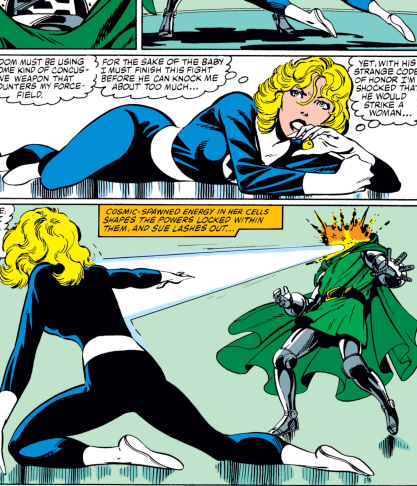
It was probably about time that someone who had been named the Invisible Girl since the early 1960s started calling herself the Invisible Woman. Byrne made Susan Storm’s growth the central character arc of the series and made the journey feel as nuanced and painful as real life.
From the very first issues, she talks about the role of being on the Fantastic Four, starts to understand how vast her powers really are, and by the end of it, she experiences a miscarriage, deals with anger over being sidelined by her overprotective husband, struggles with her role as both hero and mother, and finally, when battling Psycho Man, she gets in touch with her rage, puts an end to a tyrant, and soon after takes on the mantle of leadership of the Fantastic Four! It's a powerful journey to watch, and John Byrne transformed the Invisible Woman from a character who used to be written out of plots for years into one of the most powerful, wise, and influential leaders in the whole Marvel universe.

4. John Byrne didn't skimp on the action. Some writers of comic books seem to want to make you choose between realism, drama, and action. John Byrne never had any problem incorporating all of the above. Indeed, his spectacular Battle Royale issue 250 of Fantastic Four has become my go-to explanation of what every comic book movie needs: Yes, they should all feel like real people, and there should be human conflict, drama and comedy, but I still want to see Colossus get thrown through a building.
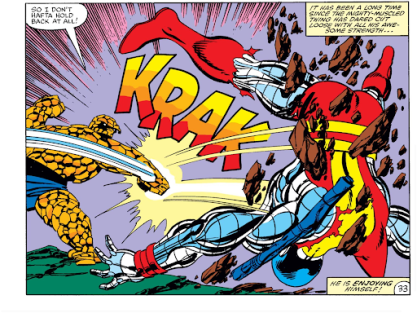
5. He successfully shocked and surprised the reading audience. John Byrne took over a “Fantastic Four” series that felt way past its prime and that it had covered every possible conflict that this weird little family of superheroes could ever encounter. But he did something unthinkable. What if Alicia Masters, The Thing’s blind girlfriend since issue 9 of the Fantastic Four, fell in love with Johnny Storm, the Human Torch, instead? An earth-shattering twist that perfectly concluded a multi-year arc about Johnny Storm’s lack of luck in love. He also added the sensational She-Hulk to the roster — easily the best "replacement" Fantastic Four member of all time (and I say that as someone who really liked when Crystal and Medusa were on the team).
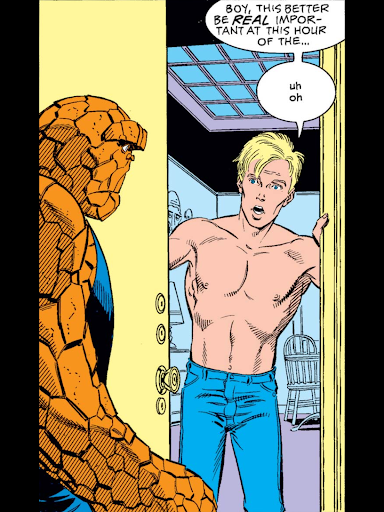
6. And, yes, the art is gorgeous. It shouldn't go without saying that the thing (pardon the pun) that really drew me and so many kids to John Byrne was just how beautiful his art was. It was simply on a different level than every other Marvel artist at the time. The next closest was probably the most popular artist at DC comics at the time, George Perez. But the combination of John Byrne, the colors of Glynis Wein/Oliver, and whoever was inking for them (it changed from issue to issue) just made the world feel real. New York City looked like a city going through the different seasons of the year, and the cosmos looked vast, complex, and filled with wonder in a way that only Jack “King” Kirby himself had accomplished previously.
Next up? The prestigious Ashurbanipal book award. A book that may bug you and that you should read nonetheless.
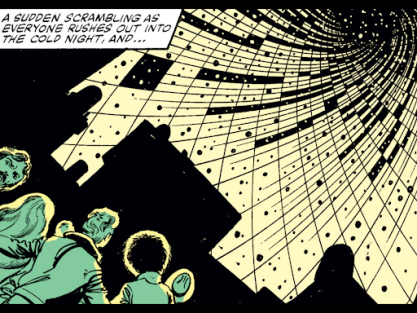
Recent Articles
FIRE’s award-winning Newsdesk covers the free speech news you need to stay informed.
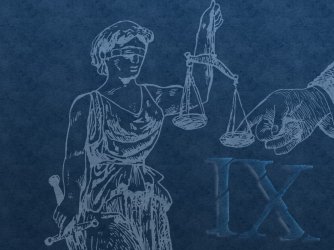
BREAKING: New Title IX regulations undermine campus free speech and due process rights


Stanford president and provost cheer free expression in open letter to incoming class
